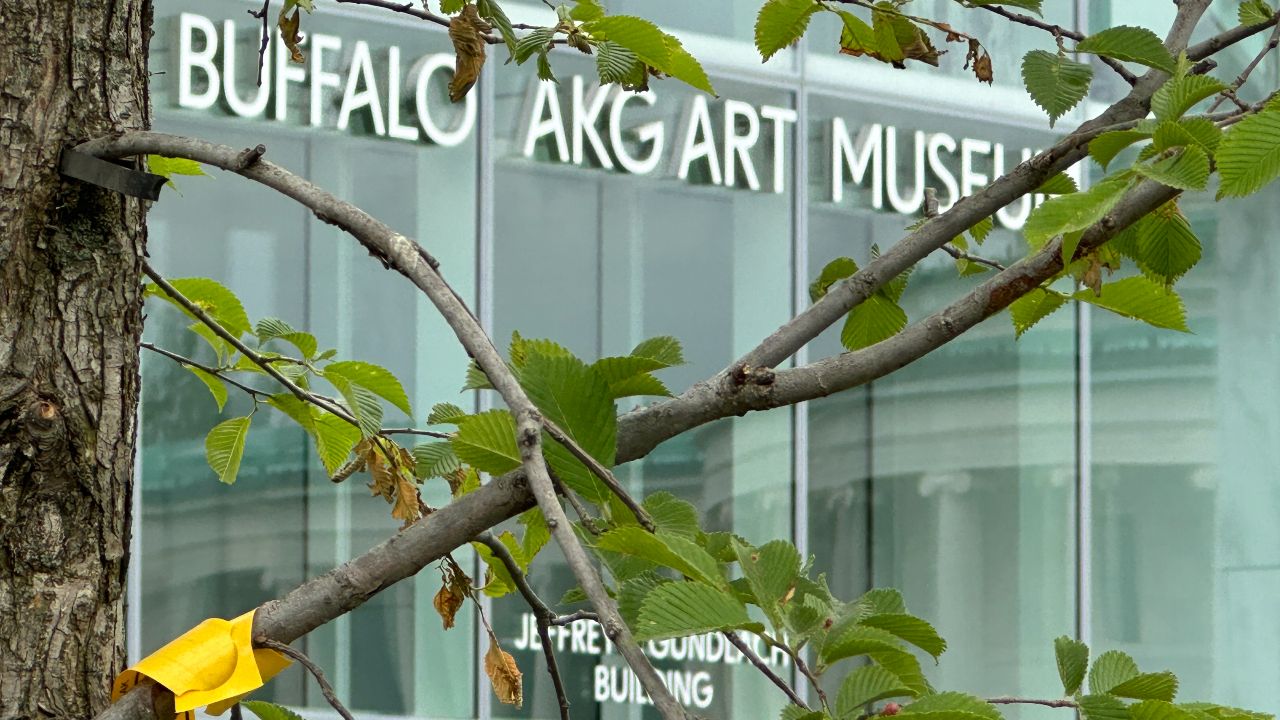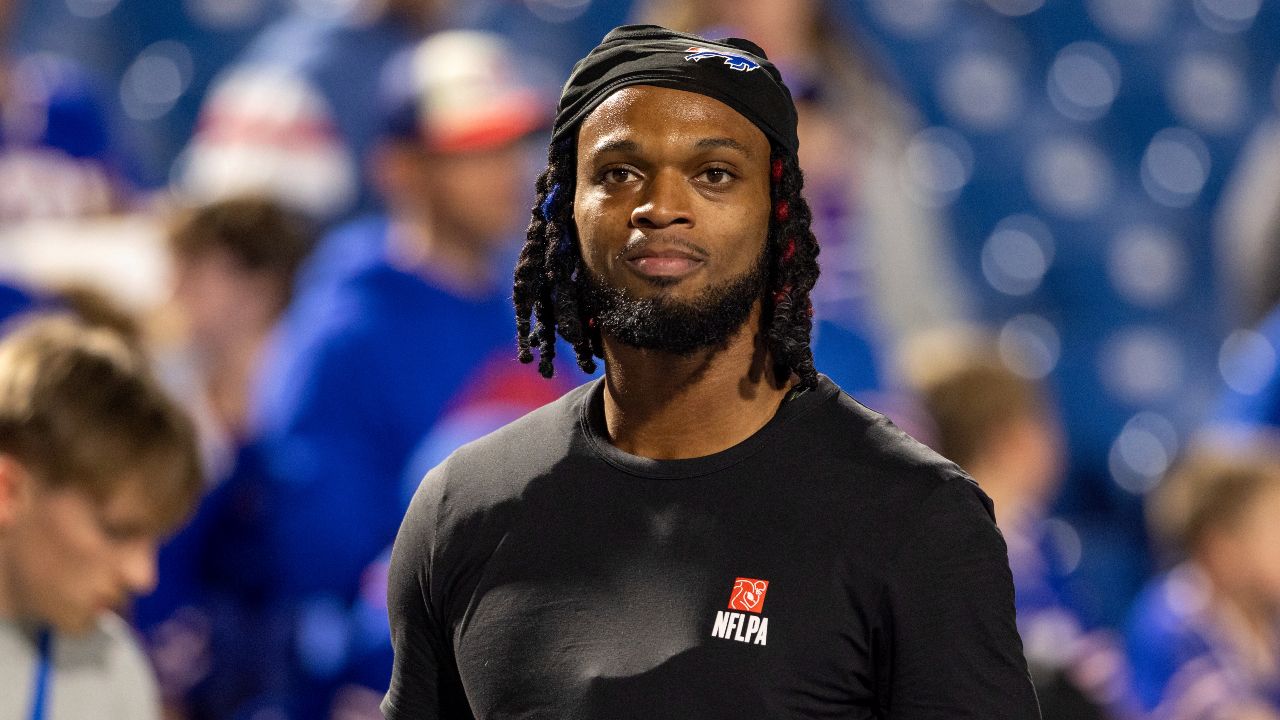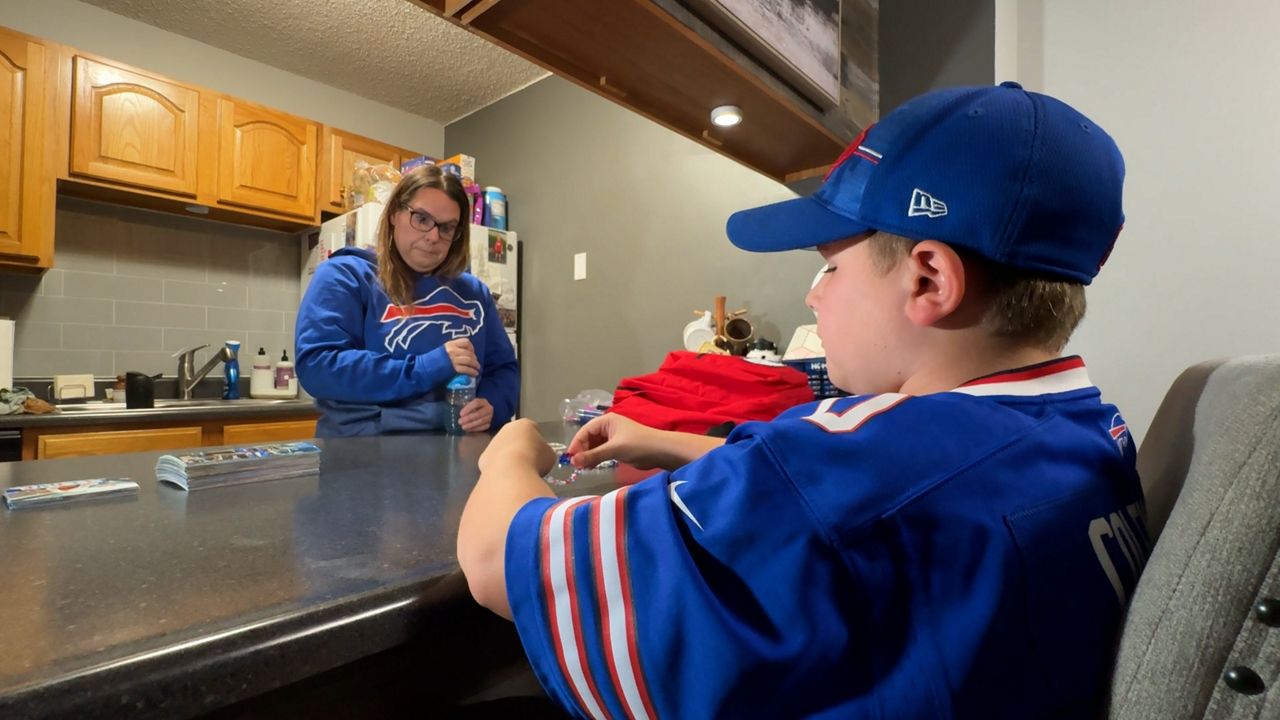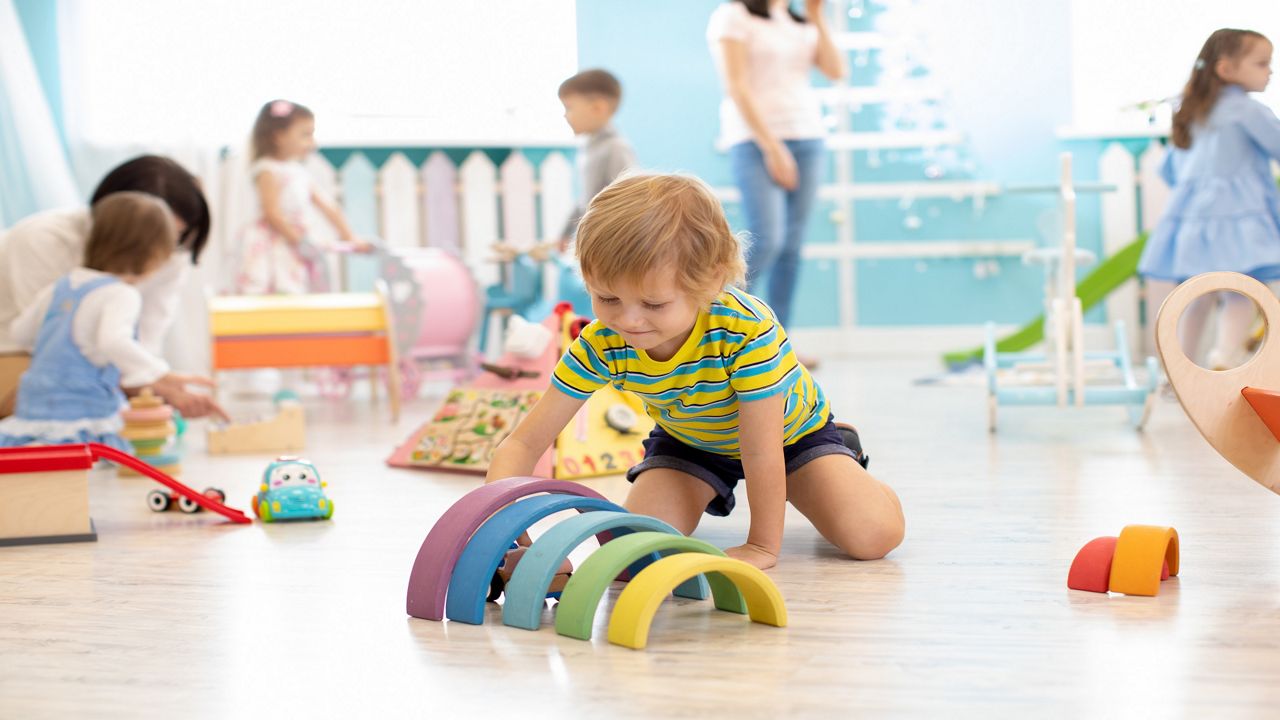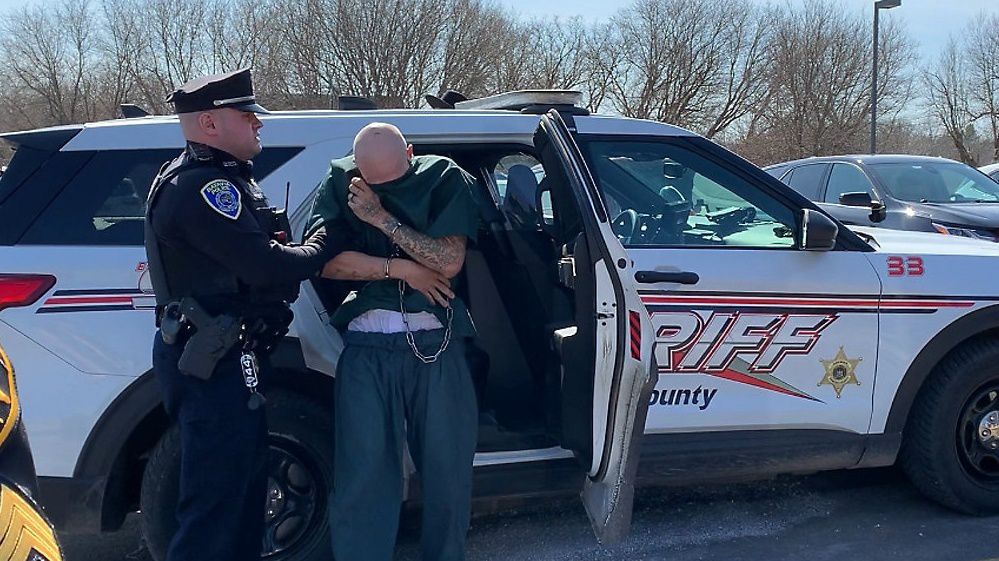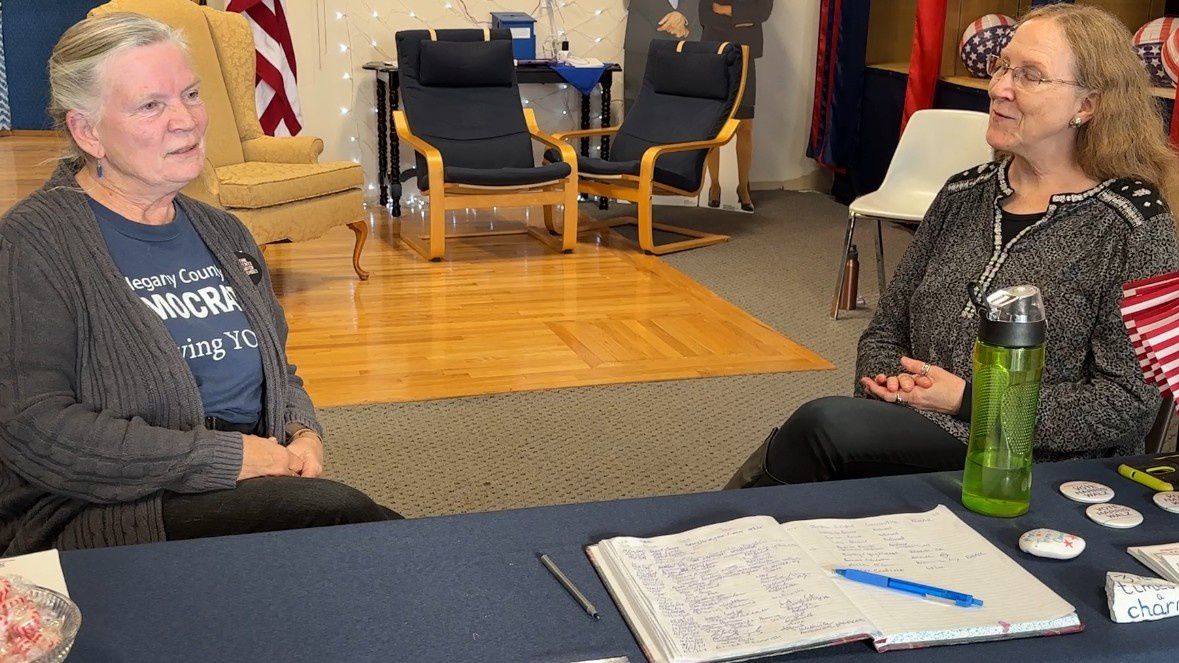LAKEWOOD, N.Y. — Nearly 109,000 children awaited adoption in the United States in 2022, according to the latest data from the Adoption and Foster Care Analysis and Reporting System.
Some may see this number as a call to action and a reason to consider adoption, but not all adoptions go according to plan. In fact, the percentage of disrupted adoptions can range from 4.7% to 26.1% depending on the child’s age, according to the National Council for Adoption.
One couple from Lakewood made the difficult decision to end their adoption journey after years of riding an emotional rollercoaster and paying for home studies.
“It's paperwork, it's money. It's all of that,” said Wayne Carlsson.
“But not only that, it was the emotional toll that was taken on us every week,” said his husband Jonathan Courtis. “Every Sunday we would sit with a cup of coffee in front of the computer and look at child profiles and videos. And it's just heart heartbreaking, constantly subjecting yourself to these kids that are in deplorable conditions or who are abused or neglected, and you hear in their own words - 'Please give me a chance.' And we're like, 'OK, we'll give them a chance.' We submit on them and then you don't hear anything.”
In three years, the couple inquired about 950 children and determined they would be a good fit for 253 of them. Then they submitted a home study for each child. From those inquiries, caseworkers for 115 children determined the couple would not be a good match. This can happen when a child prefers a home with a mother and father or a child prefers to stay in their home state rather than move to New York. Thirty-two children the couple determined themselves were not a good fit, based on a child’s needs, preferences, or interests and another 97 inquiries went unanswered.
Now, Carlsson and Courtis are turning to advocacy. They wrote a book called "Overcoming the Sadness - Dealing with the Loss of a Child We Never Had," which outlines their experience with trying to adopt, highlighting obstacles and issues within the foster care and adoption system, and suggests changes. For example, the couple only became certified for adoption, choosing not to become certified for foster care as the idea of returning a child to potentially dangerous circumstances was something they did not want to do. Later in their search, they learned some states require both licenses in order to successfully adopt a child, disqualifying them from thousands of possible children.
For this reason, Carlsson and Courtis are advocating for a more unified federal adoption and foster care system. They also suggest financially incentivizing vasectomies in order to prevent unwanted pregnancies, and reimagining the orphanage. The two suggest group living situations that go beyond providing basic needs for children looking for permanent homes, especially for the children who may never get adopted and join the world on their own at 18.
“Everyone should work together on this issue,” said Carlsson. “Because the children are the ones that grow up to take over all of what we've created.”
The couple plans to address Congress on the issue in the spring.






